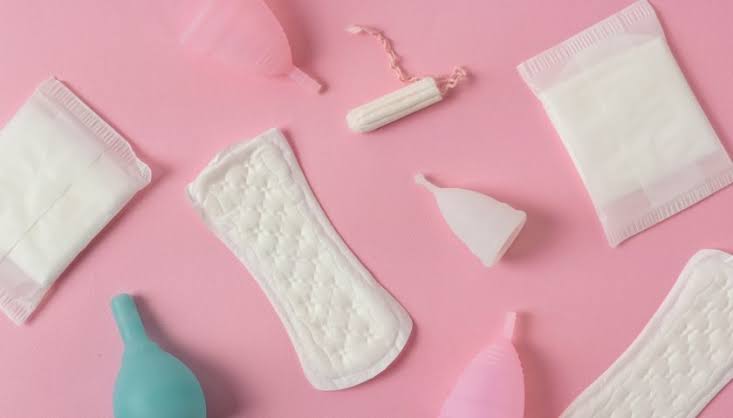Table of Contents
What is Sanitary Napkin / Sanitary Pads?
There are many changes that a woman experiences during her adolescent years, including how she looks and smells. Once women begin menstruating, they must use something to soak up the menstrual fluid – either a pad or a tampon. A sanitary napkin is a product that provides an absorbent layer of hygiene during a period of menstruation. As a product of technical textiles, it is a product of hygiene. This absorbent item, also known as a sanitary napkin, towel, sanitary pad, menstrual pad, maxi pad, or pad, is worn by a woman when she is menstruating, recovering from vaginal surgery, lochia (post-birth bleeding), abortion, and any other situation where a woman needs to absorb blood from her vagina. In addition to providing girls and women with discretion, comfort and feminine design that has been sought after for generations, these products are also affordable and easy to use.
A woman’s menstrual cycle usually begins between the ages of 11-17, often around 12-13 years old. On average, a woman has a period every 28th day, 12-13 times a year. The average period lasts three to seven days. The average loss of fluid in a period is half a cup, or 65-80 milliliters. It is estimated that women lose half a cup of fluid during a period. As women reach menopause in 45-55 years of age, the market for feminine hygiene products has evolved over the last century.
What is the purpose of a sanitary napkin?
The feminine sanitary napkin is an important disposable absorbent hygiene product that performs a variety of functions.
- Ensure that menstrual liquids are absorbed.
- Separate the skin from wetness.
- Keep menstrual liquid discharge in place.
- Isolate menstrual liquid from the female’s environment.
Additionally, these functions should be accompanied by a feeling of maximum comfort, an aesthetic appearance, and the ability to stay in place.
The sanitary pads should not only provide protection during the menstrual cycle, but also include physiological aspects and prevention of infection or disease like pathological vaginal discharge. A woman’s intimate area is slightly acidic. Maintaining this acidity is important because pH changes can encourage harmful microorganisms to develop. The normal vaginal flora in healthy women is dominated by Lactobacilli. Vaginal acidity is maintained by the lactic acid produced.
If the balance of natural protection breaks, such as poor hygiene care during menstruation, infections can occur. When sanitary pads come in contact with the skin, microorganisms are more likely to accumulate. Up to 75% of women are affected at least once by candidiasis, a fungal infection of the reproductive tract. The risk of RTI is said to rise with poor menstrual hygiene management. Therefore, it is very important that you choose a good diaper materials.
Sanitary Napkins: How do they work?
Usually, sanitary napkins are composed of three layers. The inner surface layer of a sanitary napkin that is in direct contact with the skin is composed of nonwoven. The performance items that are required are:
- The quick transfer of menstrual blood from the inner surface to the central layer and the stoppage of counterblood flow.
- Provide a comfortable feeling of softness and pliability.
- There are two layers to the wet mechanical sustainability. Its inner layer is composed of super absorbent polymer, which absorbs the transferred blood, while its outer layer is usually made of polyethylene (PE) film, which serves to guard against bleeding out.
This kind of nonwoven is usually made by spinning or SMS along with thermal bonding or by entangling it with a water jet that creates entanglement between the fibers. Some of these nonwovens have pore size gradients for better efficiency of blood transfer by enhancing the capillary effect.
Raw Material of Sanitary Napkin / Pads:
The following sanitary napkin raw material are used in absorbent hygiene products:
- Pulp
- Nonwoven
- Plastic film
- Super absorbent
- Fastening devices
- Elastic materials
- Packaging

